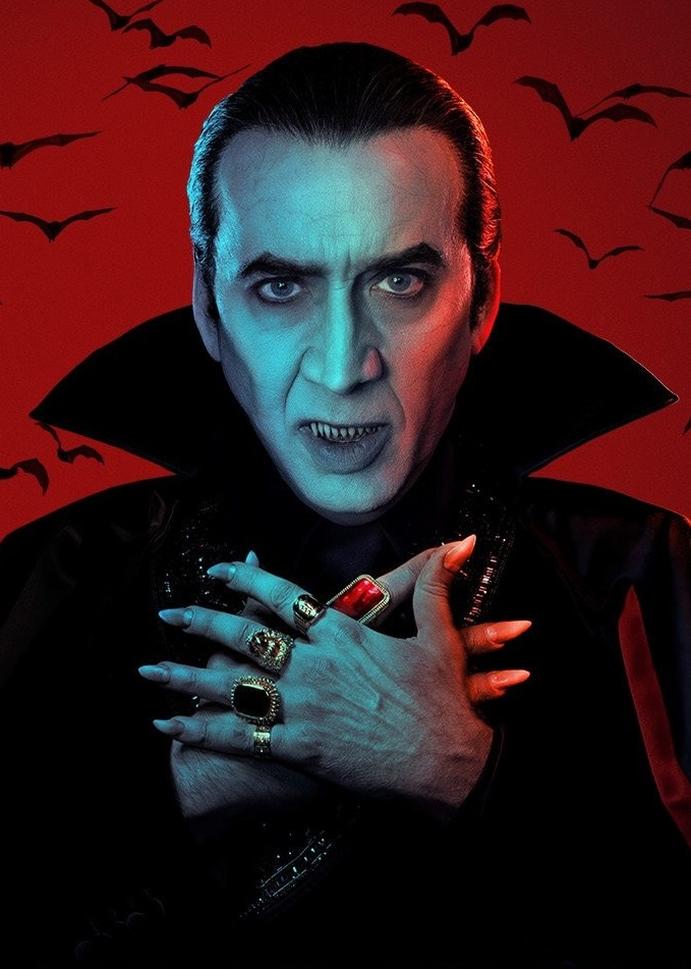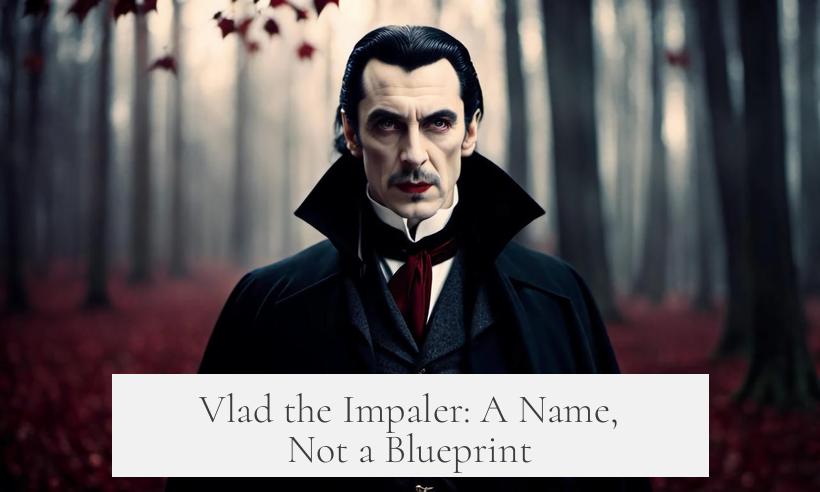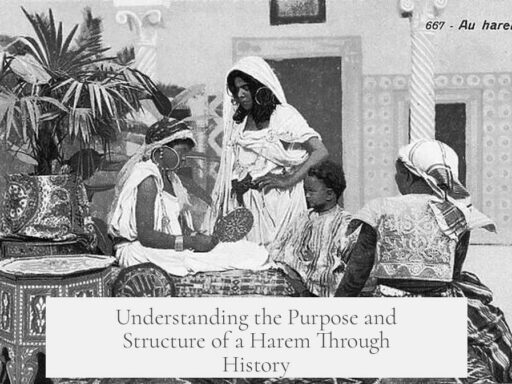Count Dracula’s association with Transylvania, despite Vlad the Impaler ruling over Wallachia, results largely from Bram Stoker’s narrative choices and the blending of folklore, history, and imagination. Stoker set his vampire’s story in Transylvania to clearly depict a border between the Western and Eastern worlds. This choice created a mysterious, exotic backdrop that suited Gothic fiction. Meanwhile, Vlad the Impaler’s historical ties to Wallachia remain distinct, highlighting how the fictional Dracula evolved separately from the real ruler.
Stoker’s novel portrays Dracula’s journey as a passage from the West into an unfamiliar East. In the narrative, Transylvania stands as a frontier between familiar Western civilization and the enigmatic Eastern lands. Its geopolitical status in the late 19th century—being part of the Austro-Hungarian Empire—helped Stoker emphasize this transition. The Danube River marks this boundary, symbolically parting West from East, making the setting vivid for readers.
Transylvania’s depiction intensifies this contrast. Stoker describes the region’s inhabitants as strange and diverse, including descendants of Huns, Romans, Saxons, Magyars, and Slovaks. The portrayal of these ethnic groups as curious or “barbarian” amplifies the sense of the unknown. Superstitions concentrically cluster in the Carpathians, described as a “horseshoe” trapping “every known superstition in the world.” These details enrich Transylvania’s mystical reputation and suit a Gothic horror atmosphere.
The location of Dracula’s castle at the intersection of Transylvania, Moldavia, and Bukovina reinforces the borderland theme. This liminal spot carries symbolic weight in the story, representing cultural and geographic edges. The castle’s placement makes it a crossroads of old myths and diverse influences, fitting the vampire legend’s eerie tone.
However, the connection between Vlad the Impaler and Stoker’s Dracula is more tenuous than popular belief suggests. Bram Stoker likely had limited knowledge about Vlad beyond the infamous nickname “Dracula,” which means “son of the dragon” or “son of the devil.” Expert Elizabeth Miller notes that Stoker’s interest in Vlad was nominal, and many elements of his novel derived from folklore and Gothic imagination rather than historical accuracy.
Early novel drafts even placed the vampire not in Transylvania but in Styria, Austria. The vampire was originally named Count Wampyr, a reference to vampire lore generically. Stoker replaced this name with Dracula after encountering the historical figure’s name, likely for its evocative nature rather than its political or geographic ties. This change shifted the vampire’s identity but did not anchor it historically.
Count Dracula emerges as an amalgam of several influences. The character draws from Transylvanian folk tales as filtered through English writers, adopts Vlad’s Wallachian name, and inhabits a Gothic-style feudal castle common in English literature. This mix crafts a believable vampire myth but does not directly mirror any single Eastern European state or historical person. It blends fact with fiction strategically for literary effect.
| Element | Source/Influence |
|---|---|
| Name “Dracula” | Historical Vlad the Impaler’s patronymic |
| Setting | Transylvanian folklore and geographic mystique |
| Castle | English Gothic fiction |
| Character traits | Vampire myths common in Eastern European legends |
Ethnic distinctions further separate fictional Dracula from Vlad the Impaler. Stoker has Dracula identify as a Székely, an ethnic Hungarian subgroup primarily found in Transylvania. Vlad was Wallachian, an entirely different Romanian group. This difference reinforces Dracula’s creation as a fictional character loosely connected by name to a historical figure.
The strong association of Dracula with Transylvania thus arises from literary and cultural reasons rather than direct historical linkage. Transylvania offered rich, exotic folklore, a geopolitical boundary between East and West, and a setting compatible with Gothic horror. Vlad the Impaler’s rule in Wallachia remains distinct, and the fictional vampire is more a product of imagination than historical biography.
- Stoker uses Transylvania to symbolize the boundary between Western and Eastern worlds for dramatic effect.
- Transylvania’s mysterious ethnic diversity and superstitions contribute to its eerie setting.
- Dracula’s castle is strategically placed at a cultural crossroads, enhancing the novel’s borderland theme.
- Stoker’s knowledge of Vlad the Impaler was limited, linking the vampire to Vlad mostly through name recognition.
- The fictional Dracula combines Transylvanian folklore, Vlad’s name, and English Gothic elements.
- Dracula’s self-identification as Székely distances him ethnically from Vlad the Impaler’s Wallachian origin.
Why Count Dracula, the Vampire, Is So Associated with Transylvania—Even Though Vlad the Impaler Ruled Wallachia

Count Dracula is linked with Transylvania, not Wallachia, primarily because Bram Stoker chose Transylvania as a vivid setting to symbolize the boundary between the Western and Eastern worlds—turning it into a mysterious land of dark legend, quite fitting for the infamous vampire. But why the switch from Vlad the Impaler’s true realm? Let’s dig into this twist of geography and myth.
If you’ve ever wondered why everyone screams “Transylvania!” when they think Dracula, even though the real-life inspiration—Vlad the Impaler—was Wallachian, you’re not alone. It’s a classic case of creative license paired with narrative flair. Stoker’s Dracula is as much a literary concoction as a nod to history, and this choice paints the tale in a more exotic, magical light.
Stoker’s Narrative Vision: West Meets East
Bram Stoker’s Dracula isn’t just a horror novel; it’s a journey. The story takes us from the familiar West into the “exotic” and “mysterious” East. Transylvania, then part of Austria-Hungary, served as the perfect crossroads to emphasize this cultural and geographic threshold.
|
Here, the Danube marks a clear divide, making Transylvania an ideal symbolic gateway to the “Orient.” Wallachia, on the other hand, did not provide such a neat, literarily resonant border for Stoker’s adventure. His readers could instantly grasp the leap from their world into the unknown simply by crossing into Transylvania. This geographic transition heightens tension and mystery.
Transylvania: A Land of Legends and Superstitions
Transylvania’s reputation in the late 19th century was that of a land thick with superstition and tales of the supernatural. Stoker peppers his narrative with descriptions of strange customs and local ethnic groups—descendants of Huns, Romans, Saxons, and Magyars—who lend an unfamiliar, “quaintly barbaric” feel. His protagonist notes:
“The strangest figures we saw were the Slovaks, who were more barbarian than the rest.”
The region’s mountainous Carpathian range was famously described as a “horseshoe” gathering “every known superstition in the world.” This added layers of mystique, perfect for setting the stage for a vampire tale.
“Every known superstition in the world is gathered into the horseshoe of the Carpathians, as if it were the centre of some sort of imaginative whirlpool…”
Transylvania’s atmospheric fog and legends beat Wallachia’s less-remarked landscape in terms of audience appeal. It’s almost as if Stoker found a playground for his imagination there. Dracula’s castle, situated where Transylvania meets Moldavia and Bukovina, enhances this borderland mystique—a fitting setting for a character who straddles worlds.
Vlad the Impaler: A Name, Not a Blueprint

Many assume that Dracula the vampire is a thinly veiled portrayal of Vlad the Impaler, the notorious Wallachian ruler. But in truth, Stoker knew only fragments about Vlad beyond the nickname “Dracula,” which means “son of the dragon” or “devil.” Scholars like Elizabeth Miller suggest Stoker’s connection between his vampire and Vlad is very weak, more a borrowing of a compelling name than a faithful representation.
Interestingly, the vampire’s origin shifted in Stoker’s drafts. The early versions placed the Count in Styria, Austria, calling him “Count Wampyr.” Only later did Stoker swap that for “Dracula,” clearly inspired by Vlad but not tied to that specific region or history.
“Originally, the count wasn’t from Transylvania at all; he was from Styria in Austria… Stoker was calling his vampire ‘Count Wampyr’ before changing the name.”
Rather than historical fact-checking, Stoker cherry-picked folklore, gothic fiction tropes, and the exotic allure of Transylvania to craft a character larger than life—a vampiric blend rather than a biography.
Dracula: A Cultural Amalgam
The modern Dracula is an expert mashup. Stoker combined:
- Transylvanian superstitions filtered through English imagination
- The Wallachian name “Dracula” associated with Vlad
- Features of English Gothic estates and nobles
This cocktail created a character who isn’t so much a strict historical echo as he is a symbol of liminality, myth, and ancient fears. Dracula himself claims to be a Székely, an ethnic group culturally distinct from Vlad’s Romanian Wallachians, further muddying any attempts to pin Dracula down as a “real” historical figure.
“Besides placing Dracula in a different region than Vlad the Impaler, the Stoker also has Dracula say at some point that he is a Székely, which is, of course, a different ethnic group.”
This shows Stoker’s Dracula is a fictional creature spawned from several cultural streams. If anything, it’s a reminder that legends are shaped by storytelling needs rather than strict historical maps.
So, Why Does Transylvania Trump Wallachia?
If you’re packing your bags to explore Dracula’s land, odds are you’ll end up in Transylvania, not Wallachia. Why? Because Transylvania fits the role of *the* mysterious, mist-shrouded, gothic gateway between East and West better. It offers a richer legend backdrop, ripe with superstitions and ethnic puzzles that light the imagination on fire.
Wallachia, Vlad’s true kingdom, lacks that neat borderland drama and begs for more historical scrutiny than mythical storytelling. Stoker’s choice was strategic—a literary shortcut to captivate readers with the exotic and uncanny, creating a global icon whose roots are more tangled fiction than historical tree.
Lessons from Dracula’s Haunting Geography
What can we learn here? Stories evolve. They pick and choose their facts like a gourmet chef sampling spices. Vlad the Impaler lends a name and a spark, but it’s Transylvania’s shadowy mountains and patchwork cultures that dress Dracula in his most famous cloak.
If you want to dive deeper than the cliché, this distinction matters. Dracula is less a portrait of Vlad’s Wallachia and more a mirror of Western fears, fascination with the East, and the power of folklore.
Next time you hear “Transylvania,” think about what Stoker wanted—you’re not just visiting a place. You’re crossing a border between worlds, stepping into a swirling vortex of stories where history gets ghostly, legends bite, and the night never ends.




